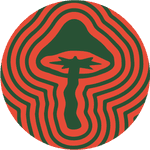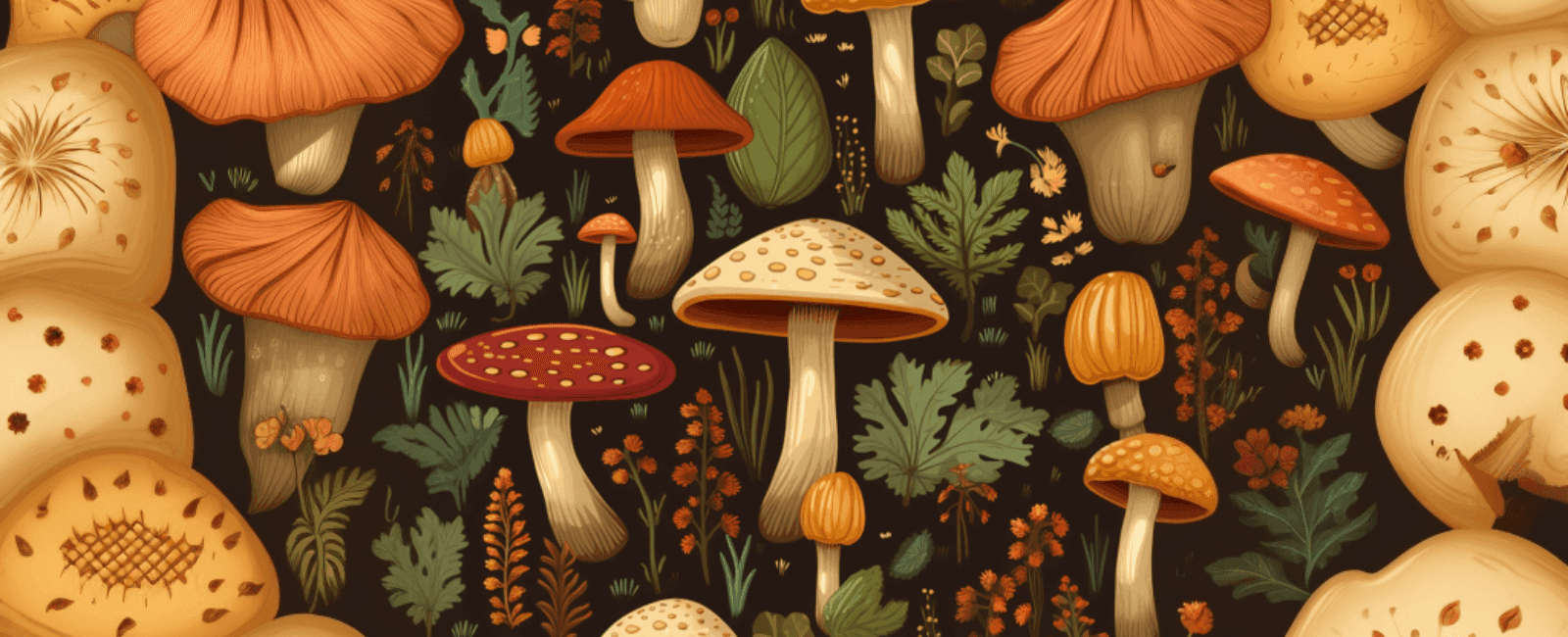

Fungi components, spore residue to the prolific composition of amino acids, have an easy characterization: they’re functional. As amateur researchers digging deeper into the more obscure elements of fungi, we find ourselves asking questions like, “What is chitin, and what is its function?”
Fungal organisms are composed of many individual pieces, so defining all of their parts and compounds can get pretty sciency. We’ll break down chitin in simpler terms so that you can understand its importance more clearly.
What is chitin?
Chitin is a mighty little component of microbiology. Yet, it is not all that little regarding its worldly presence.
As far as origin goes, this biopolymer developed early in the history of life, likely before plants and fungi diverged from other eukaryotic forms of life.
According to Biology Dictionary, chitin is an amino polysaccharide, a carbohydrate made from glucose monomers.
The biosynthesis of chitin turns into the cell walls of fungi (especially into microscopic filamentous fungi and hyphae) just like cellulose does in plants. Outside of fungi, it exists in other organisms to build up hardening structures.
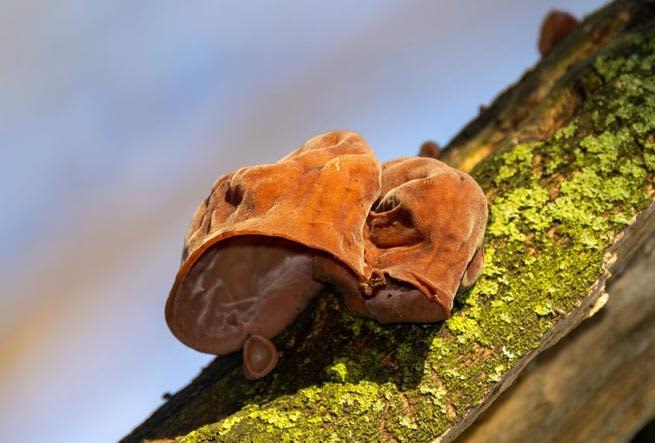
Chitin comprises certain elements of the wings and exoskeletons of insects (also known as a cuticle). It also contributes to forming the firm, hard parts of various invertebrates and the beaks of cephalopods (like octopi and squids).
Chitin synthesis has even been found to occur in some fish. When a concentration of chitin combines with compounds like calcium carbonate, it can form into uber-tough elements, like the shells of crustaceans or clams.
Despite being naturally abundant (over 1 billion tons of it are produced yearly within the biosphere), chitin is uniquely found in the biomaterials of arthropods, mollusks, and fungi.
How we can access fungal chitin
There’s a linkage between organisms that use chitin molecules as a structural component and human diets. Insects and mushrooms, for example, are both naturally loaded with chitin.
And although chitin is extremely plentiful in the natural world, vertebrate animals can not break it down without a little help. In fact, any organism capable of eating a diet high in chitin still relies on internal microorganisms to facilitate turning it back into glucose.
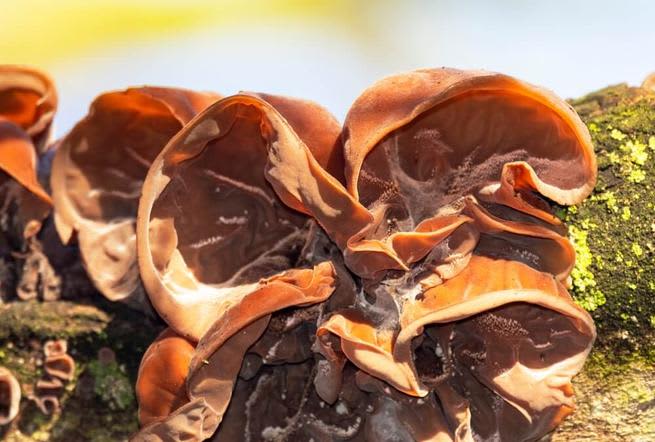
Berkley University reports that humans contain remnants of a biochemical enzyme called chitinase (known for breaking down chitin). Unfortunately, it’s an inactive part of our genome — even in people with a diet high in bugs or mushrooms.
Instead, when humans consume mushrooms and their chitin-packed fungal cell walls, we get a lot of insoluble fiber.
Per Mushroom Revival, this fiber can be beneficial since it improves digestion. The structure of chitin is one of the reasons why mushrooms are so hearty. That’s why you really can’t overcook them.
On the flip side, chitin can reduce the bioavailability of certain nutrients. For instance, a soluble fiber called beta-glucan is trapped by chitin within cell walls.
Cooking helps unlock some of these nutrients, but extraction for medicinal mushroom tinctures is the best way to break down chitin’s strong hydrogen bonding and draw out important compounds from fungi.
The benefits of chitin
While chitin is helpful for human digestion, it’s got far more purposes when used as an organic compound in industrial applications. Resistant chitin is opening the doors for new implementations.
Industrial uses of chitin
According to Biology Dictionary, chitin is a “biodegradable molecule that dissolves over time.” As a result, it has a lot of commercial value as a material for surgical thread, dyes, and glues.
Chitin can be added to cellulose to make paper bigger and stronger (1).
Chitin in agriculture
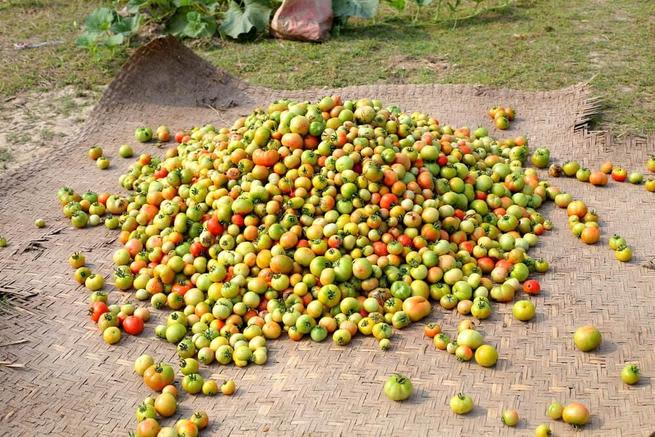
Studies point to chitinase, the enzyme that breaks down chitin, as an alternative to chemical pesticides (2). These inhibitors have been linked to controlling and halting various plant diseases caused by fungal pathogens.
Some plants, like tomatoes and potatoes, have chitin-binding lectins (CBLs) which help in immune resistance against pathogens and insect disease. Scientists are investigating the potential of using CBLs for new organic insecticides (3).
Along with increasing plant resilience, chitin has shown promise as a soil additive that can improve fertility and crop yields.
Eating chitin
In terms of food usage, chemically modified chitin can be used to make edible films (4). It’s also effective at stabilizing commercially processed foods and food emulsions — but we think we’d rather stick to eating it from mushrooms for now!
Medicinal uses of chitin
A derivative compound called chitosan is found in fungi with chitin deacetylase enzymes. Chitosan can also be created synthetically through deacetylation (adding acids or alkalines to chitin).
Chitin and chitosan have many biomedical purposes for certain immune systems. Immune receptors can recognize chitin and attack it (5). This virulence can be used to generate desirable immune responses from medicine or treatment.
Many organic antifungal agents specifically target chitin synthase, the enzymes that create chitin (6).
Research from Current Topics in Microbiology and Immunology categorizes these immunity and antifungal properties as important for the delivery of drugs and vaccine development (7). However, the value of chitin goes beyond preventative medicine. For surgery or physical injuries, chitin can function as a surgical thread. It can also be employed in tissue engineering since it is structured as a polymeric scaffold, which provides an outline for tissue repair and regeneration to build upon (8).
Ultimately, chitin is a relatively studied yet somewhat complicated compound. Chitin and its enzymatic relatives have a lot of uses, though only a few of them are what we tend to consider when thinking about the functionality of fungi. Still, it’s pretty amazing to think just how widely applicable the components of fungi are for other needs like agriculture and medicine.
References
- Gällstedt, Mikael, Angela Brottman, and Mikael S. Hedenqvist. 2005. “Packaging-Related Properties of Protein- and Chitosan-Coated Paper.” Packaging Technology and Science 18 (4): 161–70. https://doi.org/10.1002/pts.685.
- Rathore, Abhishek Singh, and Rinkoo D. Gupta. 2015. “Chitinases from Bacteria to Human: Properties, Applications, and Future Perspectives.” Enzyme Research 2015 (4): 1–8. https://doi.org/10.1155/2015/791907.
- Chen, Chang-Shan, Chun-Yi Chen, Divya Malathy Ravinath, Agustina Bungahot, Chi-Ping Cheng, and Ren-In You. 2018. “Functional Characterization of Chitin-Binding Lectin from Solanum Integrifolium Containing Anti-Fungal and Insecticidal Activities.” BMC Plant Biology 18 (1). https://doi.org/10.1186/s12870-017-1222-0.
- Shahidi, Fereidoon, Janak Kamil Vidana Arachchi, and You-Jin Jeon. 1999. “Food Applications of Chitin and Chitosans.” Trends in Food Science & Technology 10 (2): 37–51. https://doi.org/10.1016/s0924-2244(99)00017-5.
- Elieh Ali Komi, Daniel, Lokesh Sharma, and Charles S. Dela Cruz. 2017. “Chitin and Its Effects on Inflammatory and Immune Responses.” Clinical Reviews in Allergy & Immunology 54 (2): 213–23. https://doi.org/10.1007/s12016-017-8600-0.
- Ren, Zhenning, Abhishek Chhetri, Ziqiang Guan, Yang Suo, Kenichi Yokoyama, and Seok-Yong Lee. 2022. “Structural Basis for Inhibition and Regulation of a Chitin Synthase from Candida Albicans.” Nature Structural & Molecular Biology 29 (7): 653–64. https://doi.org/10.1038/s41594-022-00791-x.
- Brown, Hannah E., Shannon K. Esher, and J. Andrew Alspaugh. 2020. “Chitin: A ‘Hidden Figure’ in the Fungal Cell Wall.” Current Topics in Microbiology and Immunology 425: 83–111. https://doi.org/10.1007/82_2019_184.
- Elieh-Ali-Komi, Daniel, and Michael R Hamblin. 2016. “Chitin and Chitosan: Production and Application of Versatile Biomedical Nanomaterials.” International Journal of Advanced Research 4 (3): 411–27. https://www.ncbi.nlm.nih.gov/pmc/articles/PMC5094803/.


